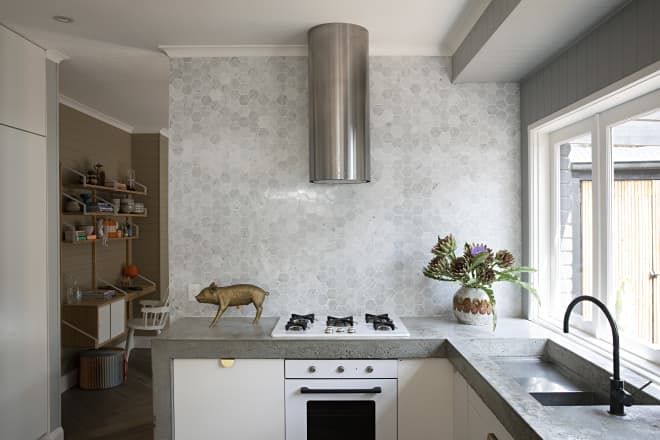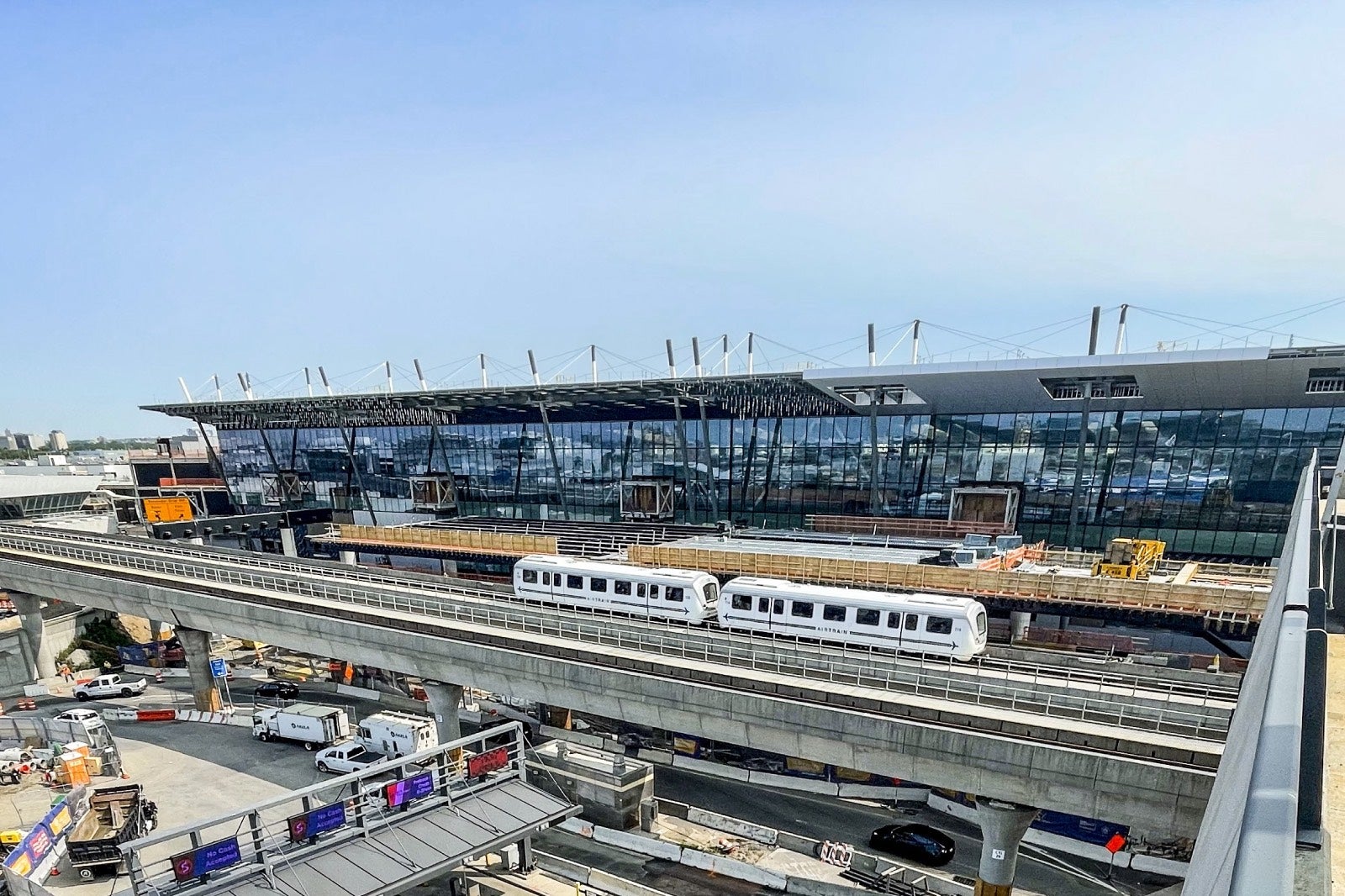Ambuluwawa Tower in Gampola, Sri Lanka
Ambuluwawa Tower is approximately 48 meters in height—not a record-breaking number, but quite remarkable when you consider how thin the tower becomes toward the top. The architectural style of the tower is unmistakably modern, but it also incorporates various features common to Buddhist stupas. The bottom part of the tower is featureless and slightly conical, with the base being slightly narrower than the top. Inside, several sets of staircases criss-cross and give access to the first and largest viewing platform. From this platform, the tower start thinning, and the stairs appear on the outside of the tower, giving access to smaller viewing platforms closer to the top. Curiously, the spiraling design of the tower does not follow a strict symmetrical or gradual progression. The size of the viewing platforms varies in a non-linear fashion, and the intervals between these platforms are also irregular. Furthermore, the stairs are characterized by uneven width and height, which is a reflection of the irregular way in which the tower tapers off to the top. The lack of symmetry and predictable patterns give Ambuluwawa Tower an unrefined, organic feel that blends perfectly with its surrounding. The construction of Ambuluwawa Tower started in 1997 and was completed in 2006. It is the centerpiece of a multi-religious complex featuring a Buddhist temple, a Hindu kovil, a Muslim mosque, and a Christian church. In this setting, the tower is supposed to symbolize unity and tolerance.


Ambuluwawa Tower is approximately 48 meters in height—not a record-breaking number, but quite remarkable when you consider how thin the tower becomes toward the top. The architectural style of the tower is unmistakably modern, but it also incorporates various features common to Buddhist stupas. The bottom part of the tower is featureless and slightly conical, with the base being slightly narrower than the top. Inside, several sets of staircases criss-cross and give access to the first and largest viewing platform. From this platform, the tower start thinning, and the stairs appear on the outside of the tower, giving access to smaller viewing platforms closer to the top.
Curiously, the spiraling design of the tower does not follow a strict symmetrical or gradual progression. The size of the viewing platforms varies in a non-linear fashion, and the intervals between these platforms are also irregular. Furthermore, the stairs are characterized by uneven width and height, which is a reflection of the irregular way in which the tower tapers off to the top. The lack of symmetry and predictable patterns give Ambuluwawa Tower an unrefined, organic feel that blends perfectly with its surrounding.
The construction of Ambuluwawa Tower started in 1997 and was completed in 2006. It is the centerpiece of a multi-religious complex featuring a Buddhist temple, a Hindu kovil, a Muslim mosque, and a Christian church. In this setting, the tower is supposed to symbolize unity and tolerance.






























































































































































































































































